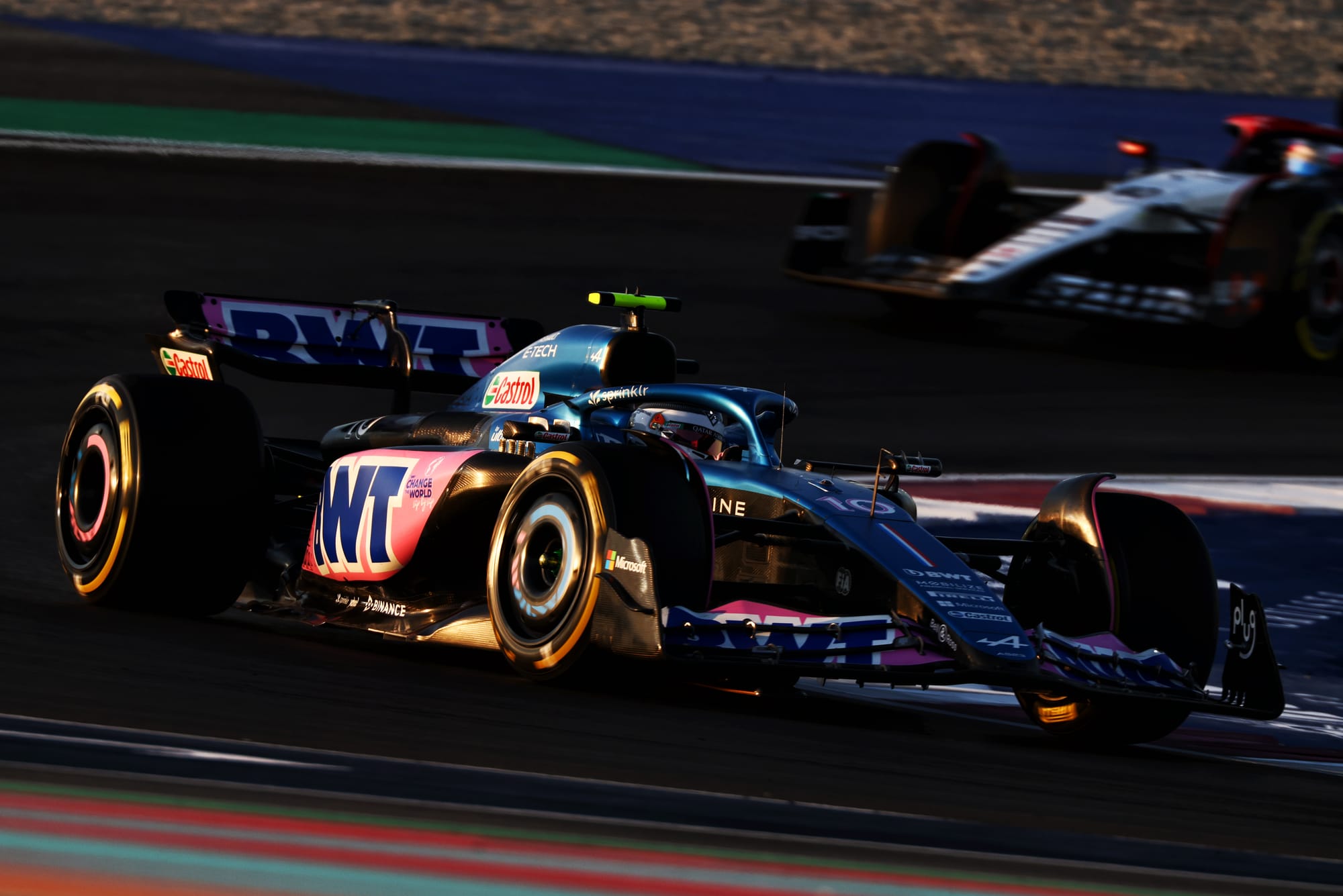F1’s worst works team is stuck with its laptime-killing problem
A fatal mismatch between corporate expectations and what transpired on track in 2023 led to serious managerial upheaval at the Alpine Formula 1 team.
It ended the year without the team CEO, team principal or sporting director it began the season with – but the team remains stuck with another fundamental problem seemingly no amount of senior management restructuring can fix as quickly as the situation demands.
Sixth place in the constructors’ championship was an absolutely fair reflection of where Alpine’s 2023 car was at.
The A523 was the sixth-fastest car at around 0.9 seconds off the qualifying pace of last year’s Red Bull and perpetually in the Q2/Q3 cut-off region.
Nine tenths may not sound much but when the spread from the fastest car to the slowest averages just 1.258s over the season, it’s easy to see how it jars with the lofty aspirations of a factory team.
Where’s it coming from? Well, Renault did ask the FIA permission to take a ‘holiday’ from the power unit freeze, believing it was around 15bhp down to the best, and this wasn’t granted.
The power deficiency looks set to cost Alpine significant performance for at least the next two seasons as well, before revised power unit regulations create new opportunities for everyone in 2026.
In the current hybrid era that 15bhp is more costly in laptime than just the power number. Alpine’s stand-in boss Bruno Famin is quite frank in admitting that the energy recovery system is where the main deficit lies – and that the power unit deficit in total accounts for around 0.5s of laptime.
Subtract half a second of laptime from the Alpine’s seasonal qualifying average and it would have been vying with Mercedes as the third-fastest qualifying car (though still around 0.4s off Red Bull).
Technical director Matt Harman is careful to emphasise how it’s all one problem, that there were overall limitations which could be manifest in both car and power unit.
“There are some things we do on the chassis side which take power away for reasons of aero efficiency,” he explains.
“The problem with the conversations around just the PU [power unit] is that they are very polarising. It’s very unfair. We pick a particular plenum temperature for aero efficiency but if you just measure the torque metre you’ll see you’re down on kilowatts on the PU. So we’ve got to talk about the car as one thing.”

Harman summarises the 2023 chassis limitations as poor ride and poor balance. The ride meant the car could not be run as low as the aero map had been designed around, reducing the load. The balance issues were only partly related.
“Some of the issues of the A523 – low-speed traction, stability [on] corner exit – we were able to make some progress with… It’s all about trying to control the aero platform, putting it where you need it to be and staying legal while doing so. Having it in the right place…
Read More: F1’s worst works team is stuck with its laptime-killing problem 2024-01-02 07:40:04

